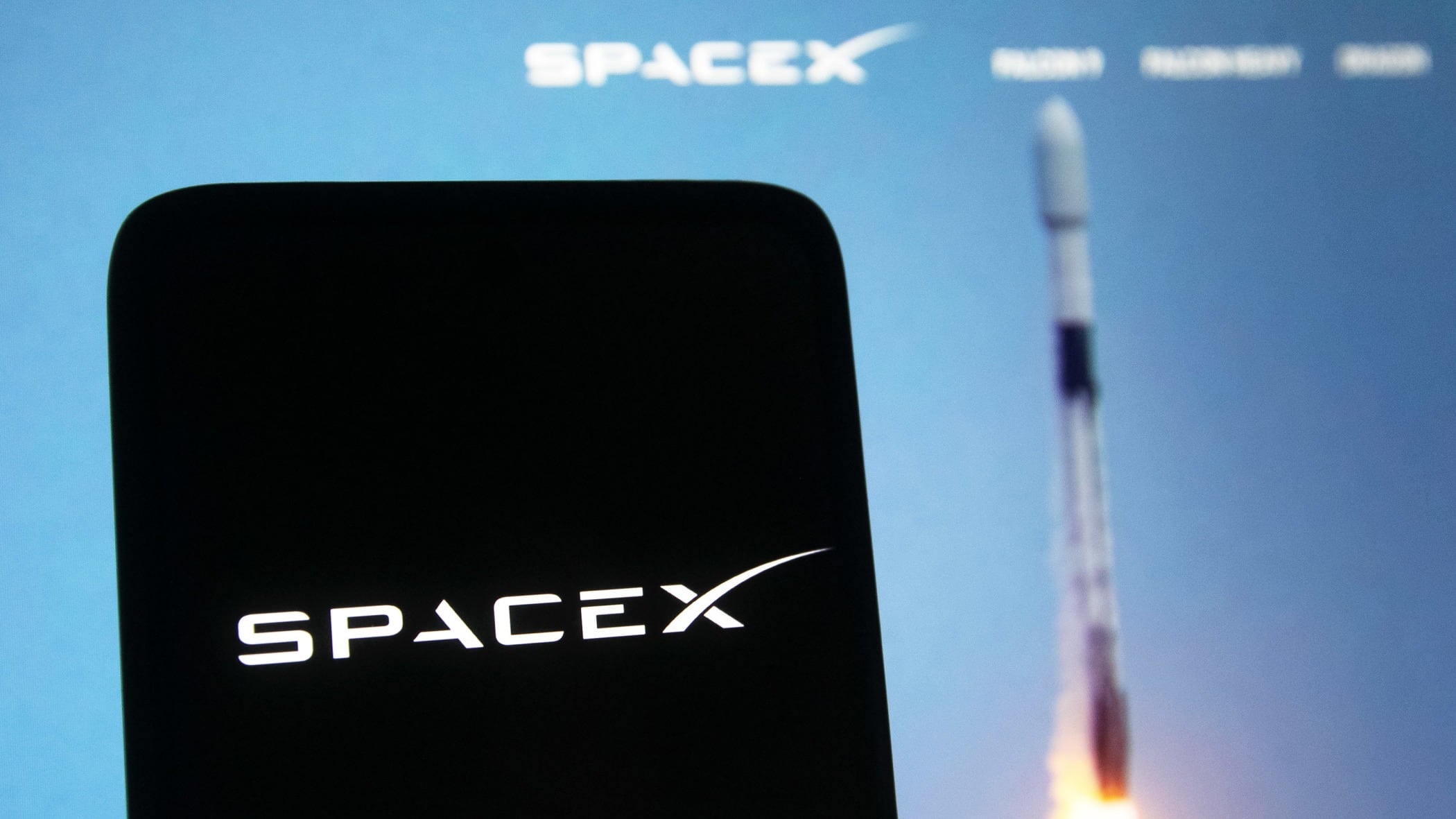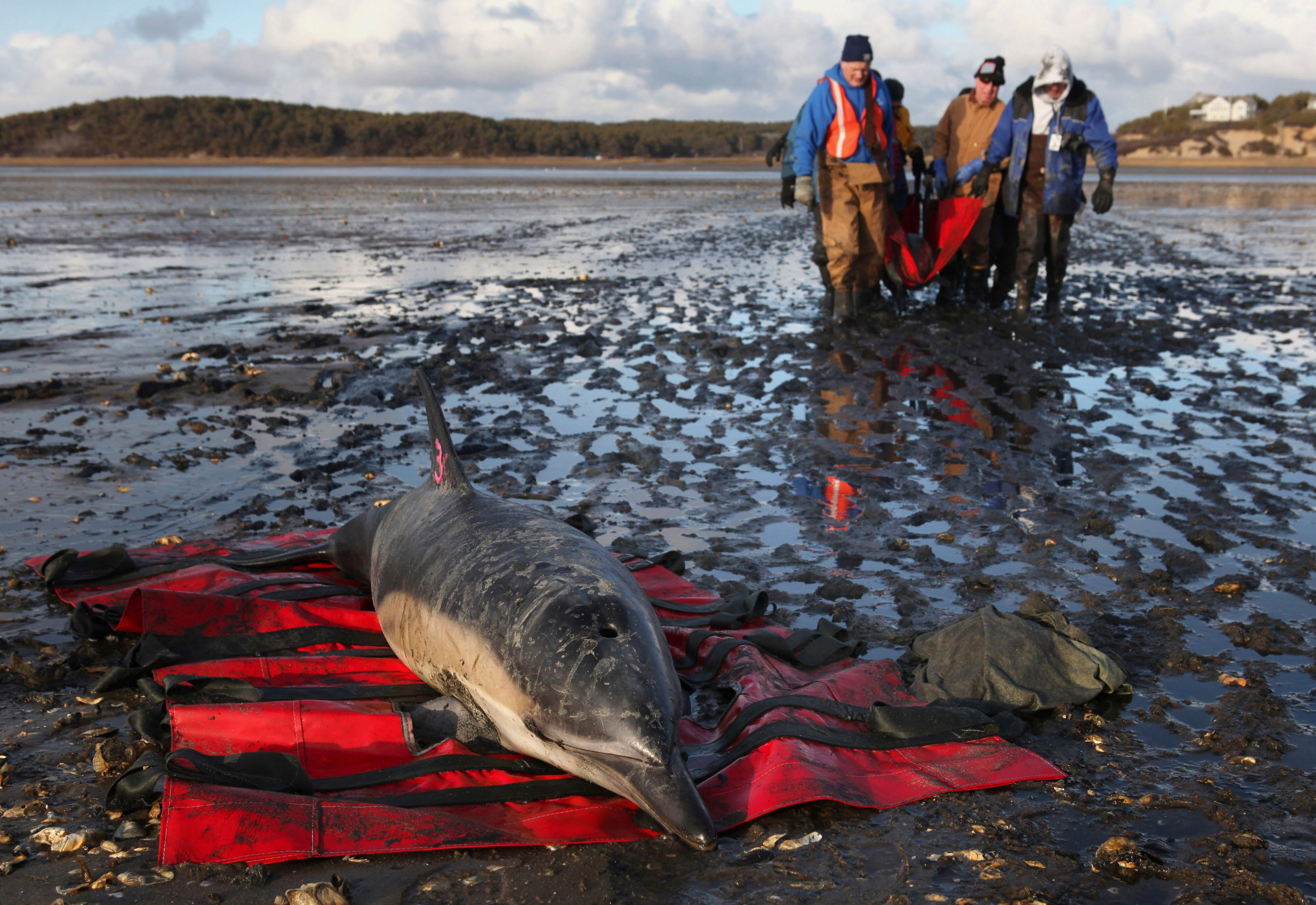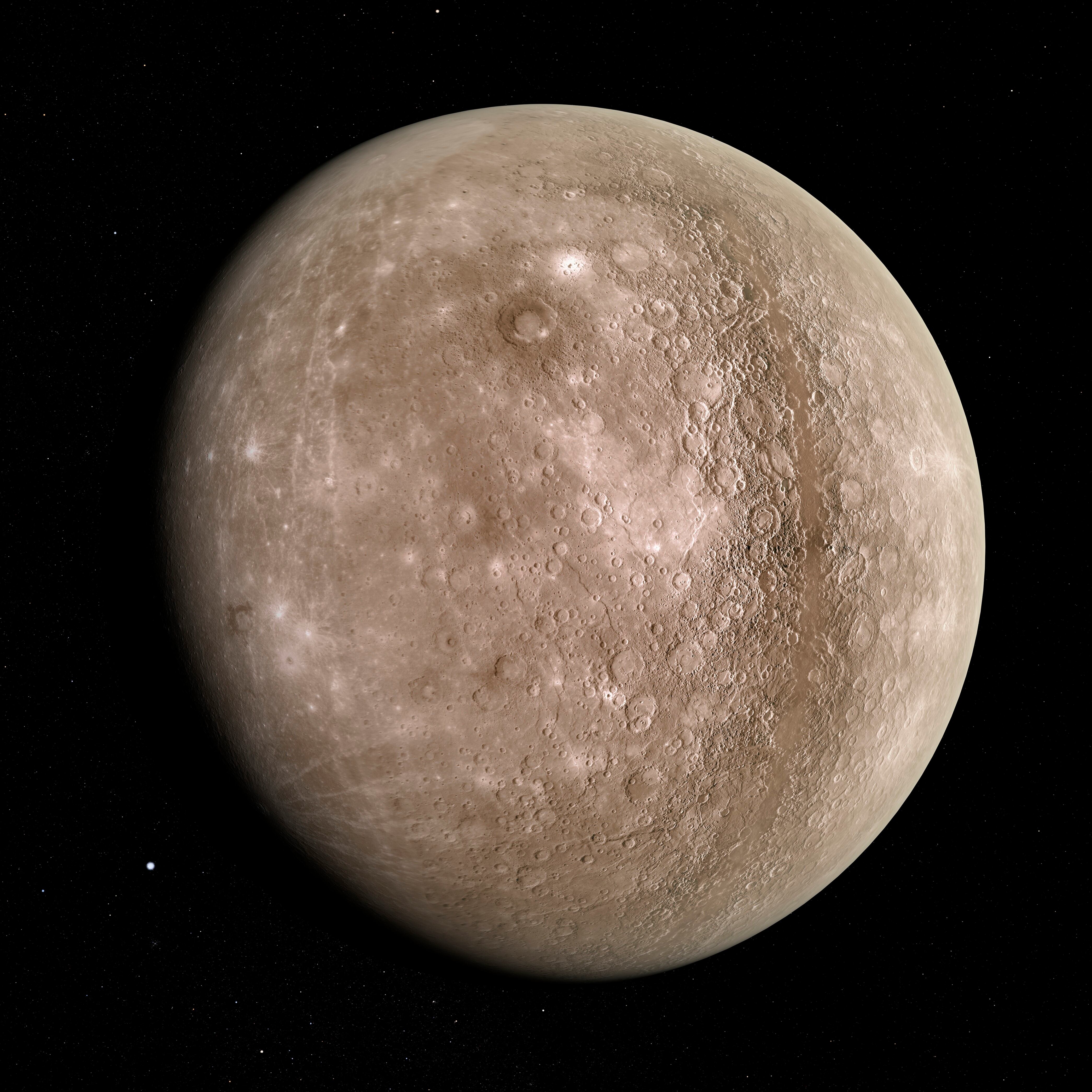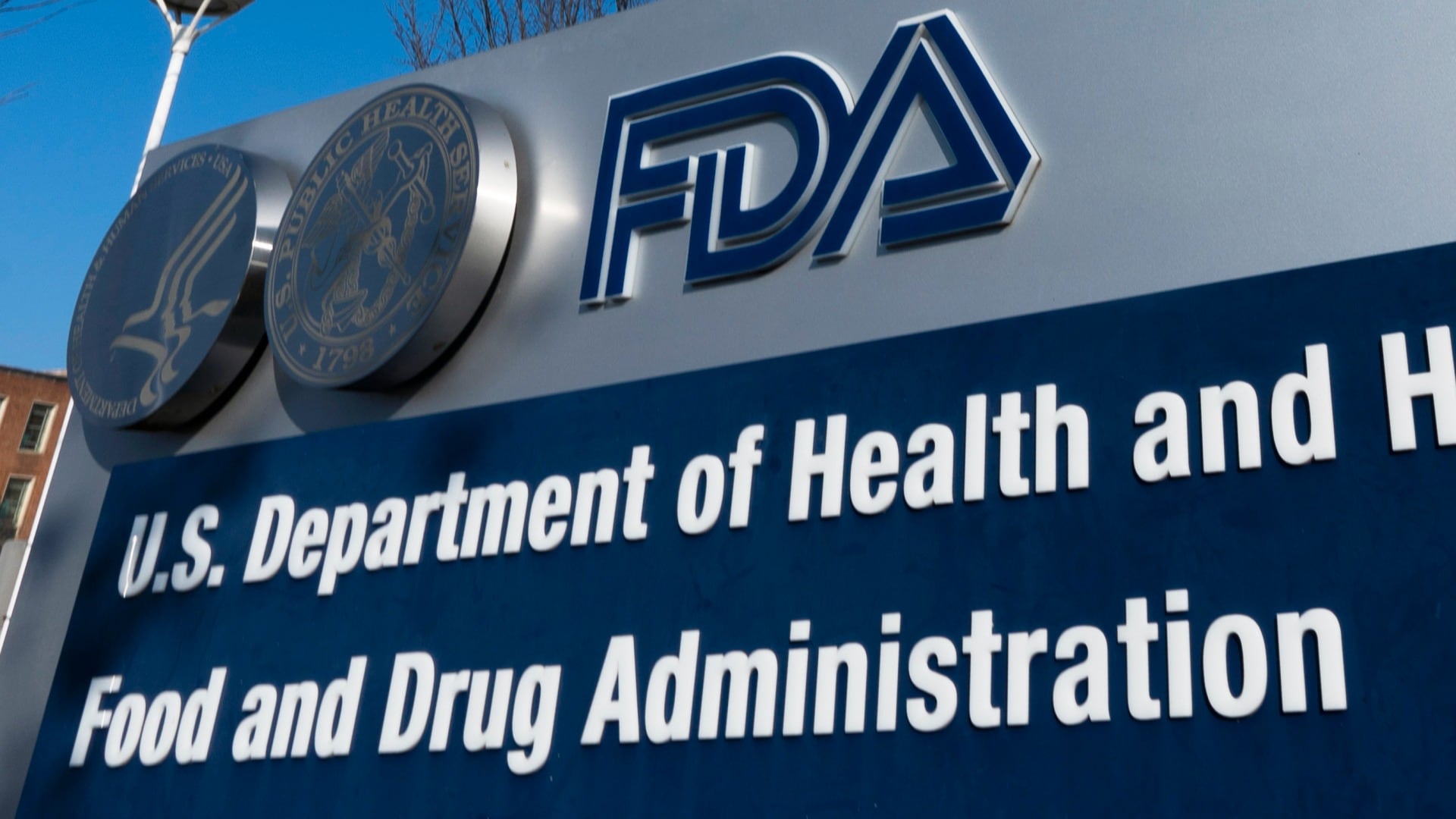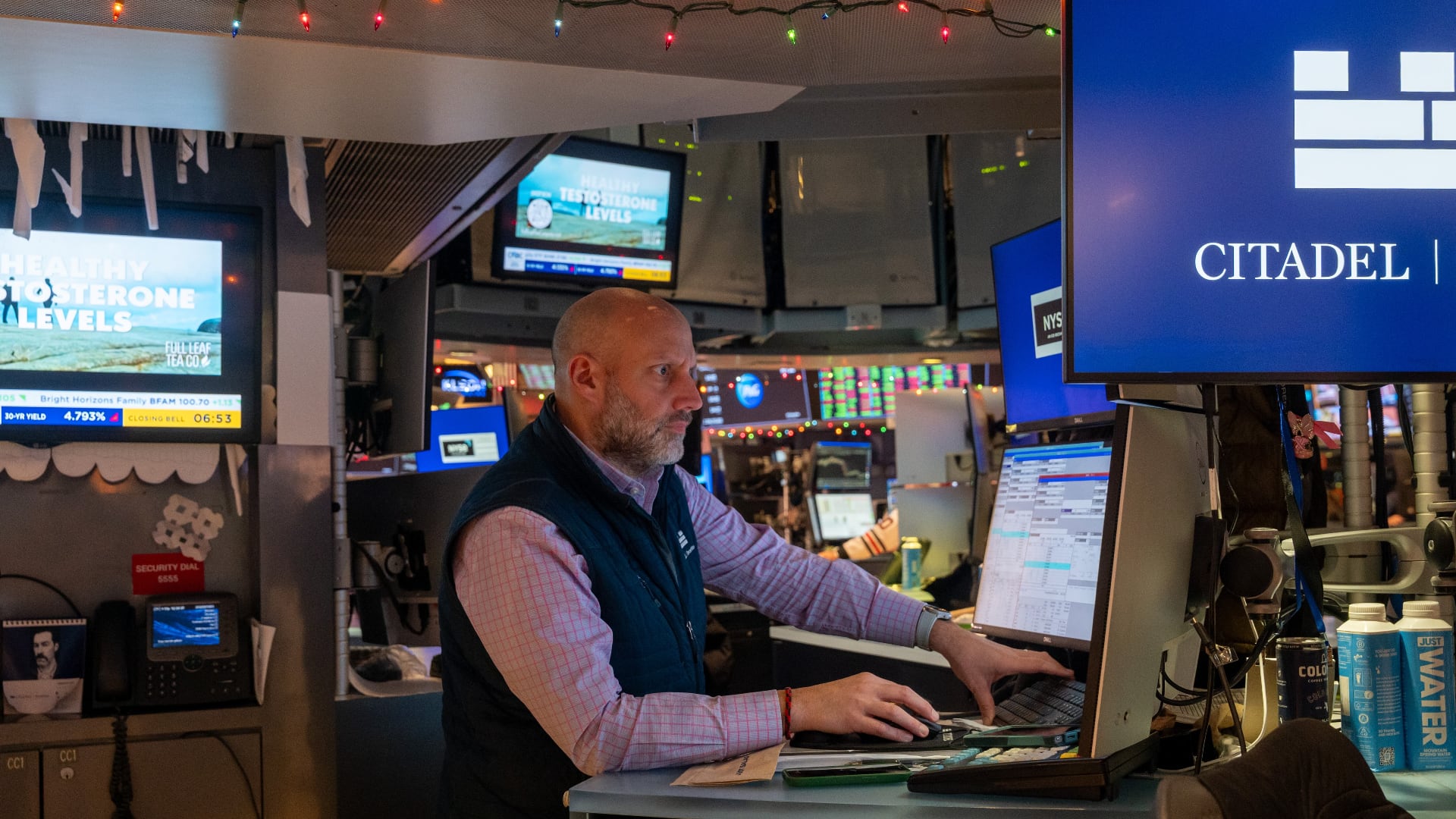The wildfire that swept across Maui a week ago turned one of the nation’s most celebrated island vistas into an ashen moonscape and killed at least 99 people, a number that officials warn could rise by scores as the search continues.
The deadliest wildfire in the U.S. in more than a century devoured homes and businesses, blackened cars and left only ruins where thriving neighborhoods once stood. In some places, the flames advanced as fast as a car at highway speed — a mile a minute.
The most serious blaze swept into Lahaina on Aug. 8 and destroyed nearly every building in the town of 13,000. When the flames were out and the smoke cleared, all that remained was a grid of gray rubble wedged between the blue ocean and lush green slopes.
Now begins a long recovery as survivors mourn the dead, search teams look for more victims in the charred debris and families try to begin anew.
The cause of the wildfire is under investigation. Fueled by a dry summer and strong winds from a passing hurricane, the flames raced through parched brush covering the island.
The fire was Hawaii’s deadliest natural disaster in decades, surpassing a 1960 tsunami that killed 61 people. A tsunami in 1946 killed more than 150 on the Big Island.
A SpaceX-NASA mission that was due to launch into orbit Friday was called off and delayed until Saturday.
Diabetes and weight-loss drug Wegovy is shown to help people with a heart condition, according to a new study.
Cheddar News checks in with a coast-to-coast forecast of the weather for Friday, Aug. 25, 2023.
A Jersey Shore man has painted sea shells -- nearly 500 of them -- to raise awareness around epilepsy that have traveled as far as Asia and Australia.
The International Fund for Animal Welfare, which protects animals worldwide, is opening a first-of-its-kind short-term dolphin hospital on Cape Cod this month that it hopes will not only improve survivability rates, but also enhance the research it has developed over 25 years.
A new humanoid robot designed to do dull and dirty jobs has been unveiled by NASA.
The Mercury retrograde lasts until Sept. 15 as astrologers blame planets and stars for communications issues.
A new study suggests that teaching kids creativity can increase resilience.
A new study shows that marketers may be overstating fish oil benefits.
The Food and Drug Administration issued a warning about two brands of eye drops being sold online that they both have potential fungal and bacterial contamination.
